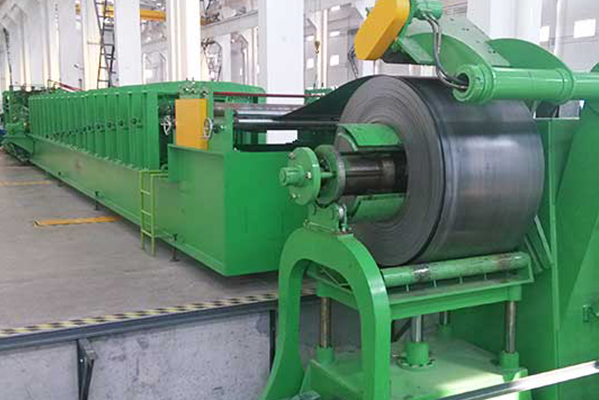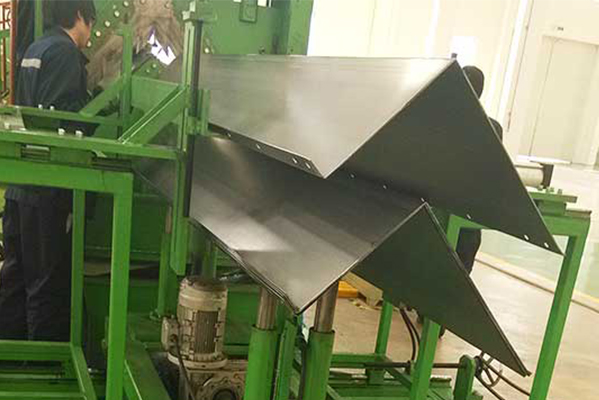Navigation Menu
Contact Us
- Email:
- info@wxavatar.com
- Address:
- Yurong Village, Yuqi Street, Huishan District, Wuxi, China.
Release Date:Oct 26, 2024 Visit:69 Source:ZCM Roll Forming Machine
The market for L plate roll forming machines has witnessed significant expansion in recent years, driven by the versatility and efficiency these machines offer across a broad spectrum of industries. L plate roll forming machines are designed to bend and shape flat sheets of metal into precise L-shaped cross-sections, catering to the diverse needs of manufacturing and construction sectors.

One of the primary drivers of this market growth is the increasing demand for customized and precision-engineered components in various applications. From automotive parts and furniture frames to building structures and electrical enclosures, L-shaped plates are indispensable in ensuring the structural integrity and aesthetic appeal of end products. The ability of roll forming machines to produce these plates with high accuracy and minimal waste has made them a preferred choice for manufacturers seeking to optimize production processes.
The construction industry, in particular, has been a significant contributor to the market's expansion. As urbanization accelerates and infrastructure projects proliferate, the demand for reliable and cost-effective building materials has surged. L plate roll forming machines enable the production of steel beams and columns that are crucial for the stability and durability of modern structures. This, coupled with the machines' capacity to work with a variety of materials, including stainless steel and aluminum, has broadened their appeal in the sector.
In addition, the automotive industry has also played a pivotal role in driving the market for L plate roll forming machines. The ongoing trend of lightweighting vehicles to enhance fuel efficiency and reduce emissions has led to an increased use of high-strength steel and aluminum alloys in automotive components. L plates, formed through roll forming, provide the necessary strength and rigidity while keeping weight down, making them ideal for applications such as door frames, roof racks, and structural supports.
Moreover, the machine's adaptability to different production runs and material thicknesses has made it a versatile tool in various niche markets. For instance, in the aerospace industry, precision L plates are essential for the assembly of aircraft structures, requiring machines capable of handling intricate designs and strict tolerance levels. Similarly, in the renewable energy sector, L plates are used in the construction of wind turbines and solar panel mounts, where durability and precision are paramount.
The growth of the L plate roll forming machines market is also fueled by ongoing technological advancements. Manufacturers are continually enhancing machine capabilities through innovations in control systems, material handling, and automation. These developments not only improve production efficiency but also enhance the quality and consistency of the final products. For instance, advanced sensors and robotics are being integrated into roll forming machines to enable real-time monitoring and adjustments, ensuring higher precision and reduced downtime.

In conclusion, the market for L plate roll forming machines is poised for continued growth, driven by its applications in diverse industries and technological advancements. As manufacturers and constructors increasingly recognize the benefits of precision-formed L plates in terms of strength, efficiency, and cost-effectiveness, the demand for these machines is likely to escalate further. With ongoing innovations and expanding applications, the future of the L plate roll forming machines market looks promising.